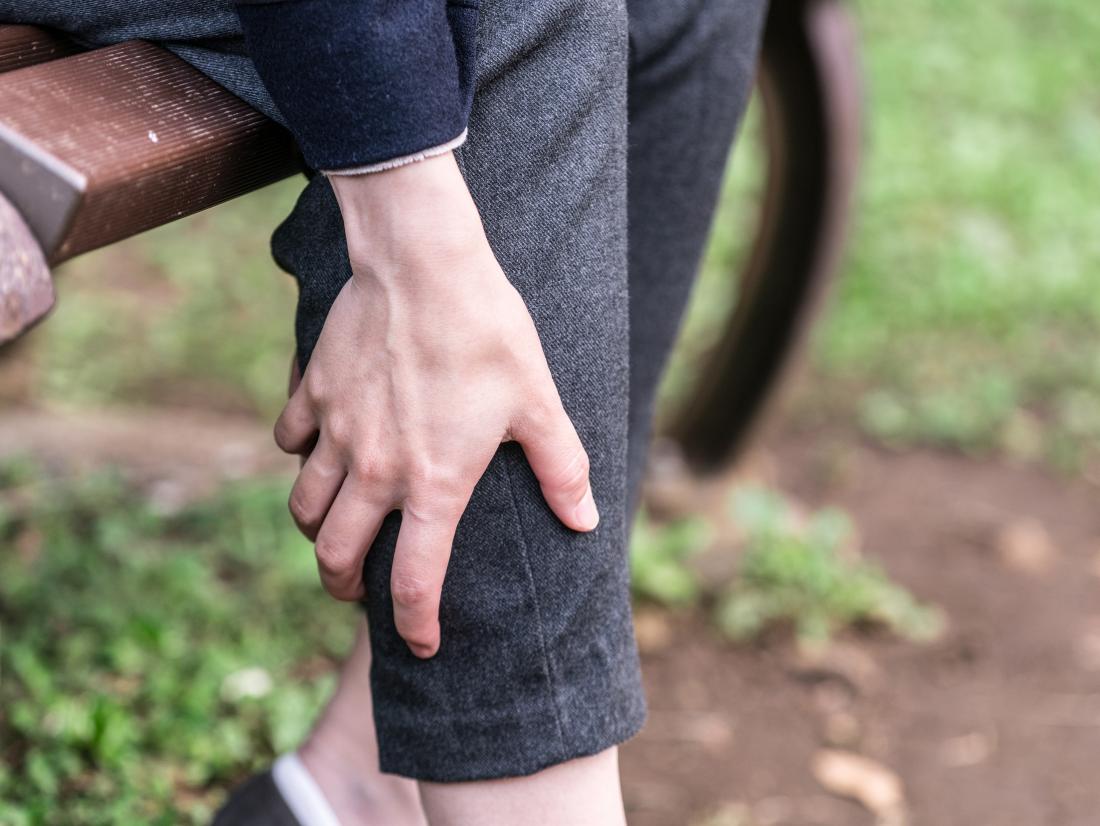Understanding Keratosis Pilaris During Pregnancy: A Beautician's Guide
Pregnancy is a transformative journey, both physically and emotionally. Among the myriad of changes that occur, skin conditions can often take center stage. One such condition is keratosis pilaris during pregnancy, a common yet perplexing skin issue that many expectant mothers experience. As a beautician, understanding the nuances of this condition can be paramount in providing effective advice and care for your clients.
Keratosis pilaris during pregnancy manifests as small, rough bumps on the skin, resembling goosebumps or chicken skin. While it is typically harmless, its appearance can cause distress for those who experience it, especially during such a sensitive period. It's crucial to reassure your clients that this condition is common and usually resolves post-pregnancy.

What Causes Keratosis Pilaris During Pregnancy?
The primary cause of keratosis pilaris is the buildup of keratin, a protein that protects the skin from infections and harmful substances. In pregnant women, hormonal changes can exacerbate this buildup, leading to the characteristic bumps. Factors such as genetics, dry skin, and environmental influences can also play a significant role.
The Role of Hormones
During pregnancy, hormonal fluctuations are at their peak. These hormonal changes can lead to increased keratin production, resulting in clogged hair follicles and the formation of tiny bumps. It's essential to educate your clients about this link, as understanding the root cause can often alleviate some of their concerns.
Genetics and Environmental Factors
Genetics can significantly influence the likelihood of developing keratosis pilaris. If a client's family has a history of skin conditions, they may be more predisposed to experiencing this condition during pregnancy. Additionally, factors such as climate and skin care routines can impact the severity of the symptoms. For more insight into how environmental factors play a role, consider exploring this article on prevention tips.
How Can Beauticians Help Manage Keratosis Pilaris?
As a beautician, you have a unique opportunity to support and guide your clients through this skin condition. Here are some effective strategies to help manage keratosis pilaris during pregnancy:
Moisturization
One of the simplest yet most effective ways to manage keratosis pilaris is through regular moisturization. Encourage your clients to use rich, emollient creams that contain urea or lactic acid, which can help soften the keratin plugs. For a deeper understanding of how urea creams can assist, this article offers valuable insights.
Exfoliation
Gentle exfoliation can help remove dead skin cells and prevent the buildup of keratin. However, advise your clients to avoid harsh scrubs that can irritate the skin. Instead, recommend mild exfoliants with alpha-hydroxy acids (AHAs) or beta-hydroxy acids (BHAs), which can offer a more delicate approach.
Customized Skin Care Routines
Every client's skin is unique, especially during pregnancy. Tailoring skincare routines to suit their specific needs can make a significant difference. Encourage them to maintain a consistent routine, focusing on gentle cleansing and adequate hydration. For additional tips on customizing skincare for keratosis pilaris, refer to this guide.
When to Seek Medical Advice
While keratosis pilaris during pregnancy is generally harmless, there are instances where medical intervention may be necessary. If your client experiences severe irritation, inflammation, or if the condition does not improve with basic skincare measures, advise them to consult a dermatologist. For comprehensive information on when to seek medical advice, this Mayo Clinic article can be a helpful resource.

FAQs About Keratosis Pilaris During Pregnancy
1. Can keratosis pilaris be prevented during pregnancy?
While it may not be entirely preventable, maintaining a good skincare routine and staying hydrated can help manage the symptoms. Avoiding harsh soaps and using gentle, moisturizing products can also make a difference.
2. Does diet affect keratosis pilaris?
Diet can play a role in skin health. Consuming a balanced diet rich in essential fatty acids, vitamins, and minerals can support overall skin health. For dietary tips, this dietary guide may offer useful insights.
3. Will keratosis pilaris go away after pregnancy?
In many cases, keratosis pilaris improves or resolves after pregnancy as hormone levels stabilize. However, some individuals may continue to experience symptoms, necessitating ongoing skincare management.

